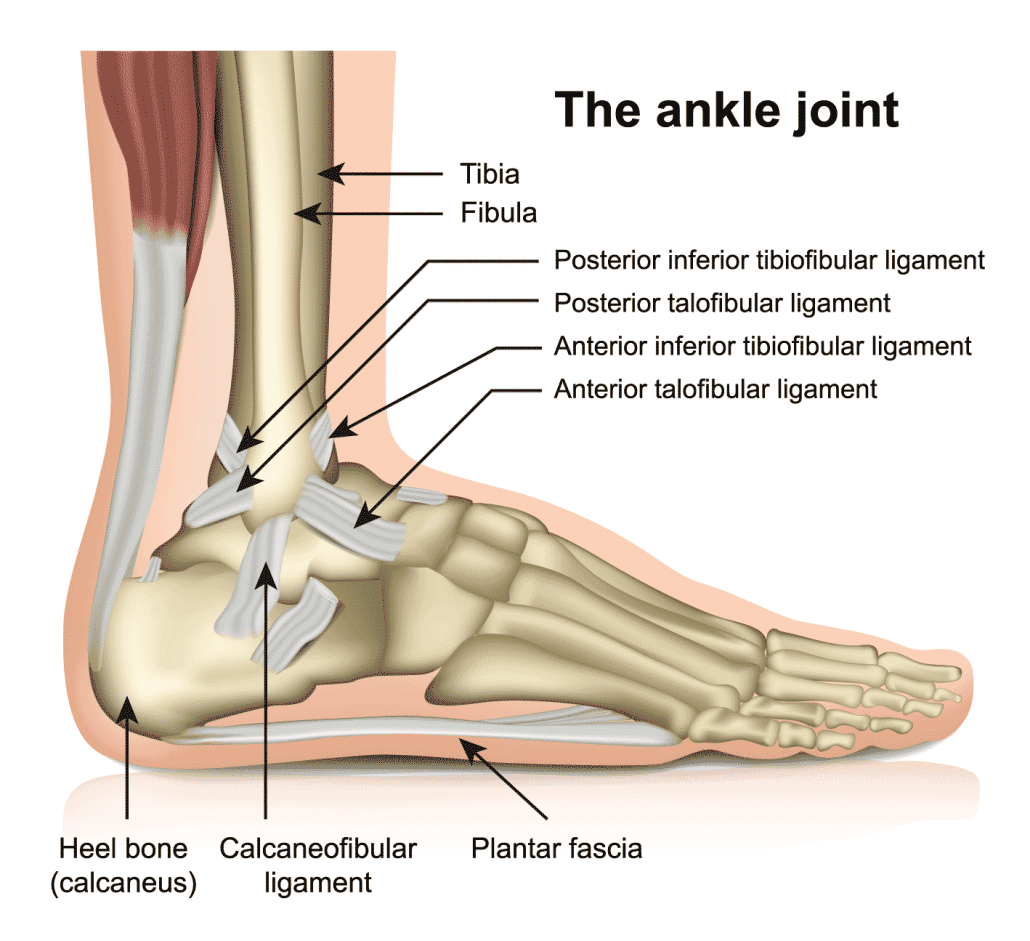CONDITIONS WE TREAT:
CONDITIONS WE TREAT:
Foot and Ankle Pain Treatment in Bel Air, MD
Foot, Ankle, and Heel Pain Treatment in Bel Air, MD

Treatment for Foot Pain
- Stretching the calf muscles several times a day, especially in the morning and after prolonged sitting.
- Ice after activity.
- Tape when applied correctly (especially for severe cases).
- Rest.
- Custom foot orthotics (arch supports) prescribed by a chiropractor.
- Losing weight if possible, especially in women. Overweight women are 6 times more likely than overweight men to get plantar fasciitis.
- Chiropractic care to include adjustments to the foot, leg and spine, along with physical therapy and rehab.
Treatment for Ankle Injuries
For sprains, gentle chiropractic adjustments to the bones of the ankle, leg and foot are used to re-align and restore proper motion to the damaged joints. K tape (as pictured) may be used to promote healing and reduce inflammation. The muscles, tendons and ligaments are treated with passive physical therapy modalities such as ultrasound and electric stimulation. Manual therapy techniques such as active release, graston and massage may be performed. This is usually followed by physical therapy exercises to rehab the damaged area. Laser, dry needling and shockwave therapy have all been found to also be extremely effective in treating foot pain.
Physical Therapy for Ankle Injuries
Many ankle sprains may also require physical therapy. This is to improve communication between the brain and the foot to not only heal but prevent further injury.
As with most everything else; an ounce of prevention is worth a pound of cure. Custom foot orthotics — think custom made tires, but for your feet — can help prevent ankle injuries. Orthotics help absorb the thousands of pounds of daily stress imparted on your foot and leg, but more importantly, they equally distribute the load across the foot and ankle as should be and levels the foundation of the kinetic chain.
Foot and Ankle Pain Treatment Client Testimonials:
“Before coming to Dr. Lee, my ankle pain would wake me up during the night because of its severity. Dr. Lee has helped alleviate the pain in my ankle. By performing specific exercises twice per week, the pain is non-existent!”
– Nick, age 33
“I began seeing Dr. Lee because of a shooting pain I developed in my left heel. This pain was not only impeding upon my exercise regiment, but it began to limit my day to day activities as well. After a brief examination, Dr. Lee explained to me that my pain was being caused by Plantar Fasciitis, an inflammation of the thin layer of tough tissue that supports the arch of the foot.”
“Dr. Lee spent a lot of time educating me on exactly what my ailment was, and how he was going to go about relieving my pain. Shortly after Dr. Lee began treating my heel, I noticed that I was experiencing less and less discomfort. In a few short weeks, I was able to continue my exercise routine and enjoy my daily activities pain-free!”
“I would highly recommend Dr. Lee to anybody who is experiencing pain that is hampering their daily lives. I am confident that Dr. Lee will be able to relieve your pain, as he did mine.”
– Randy, age 25
